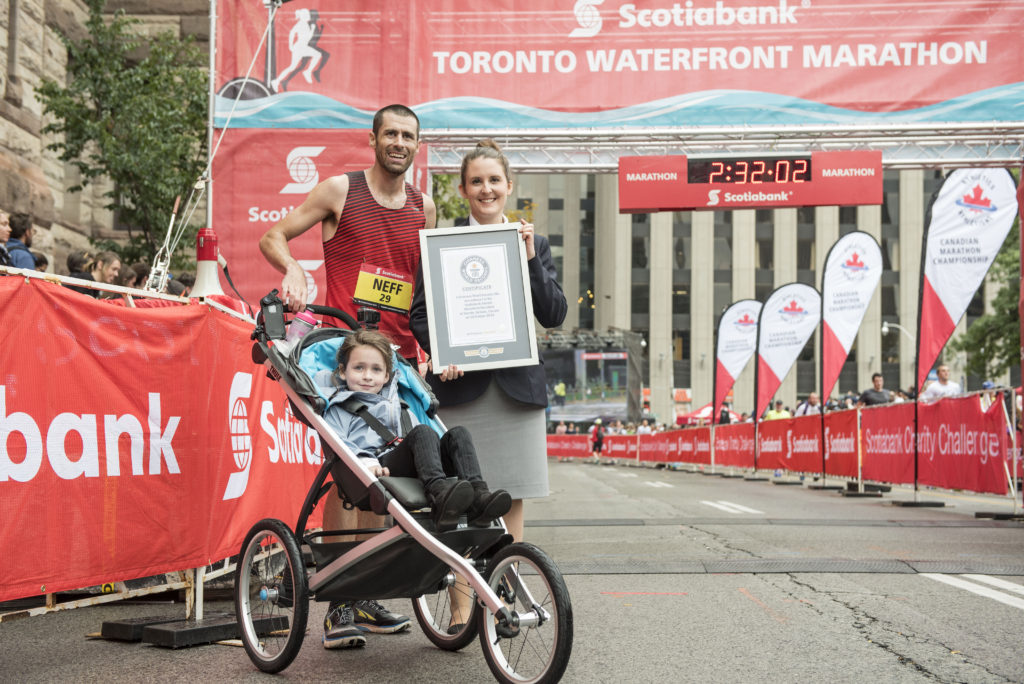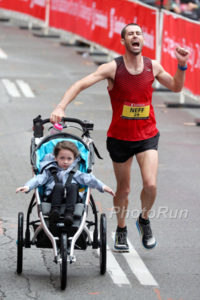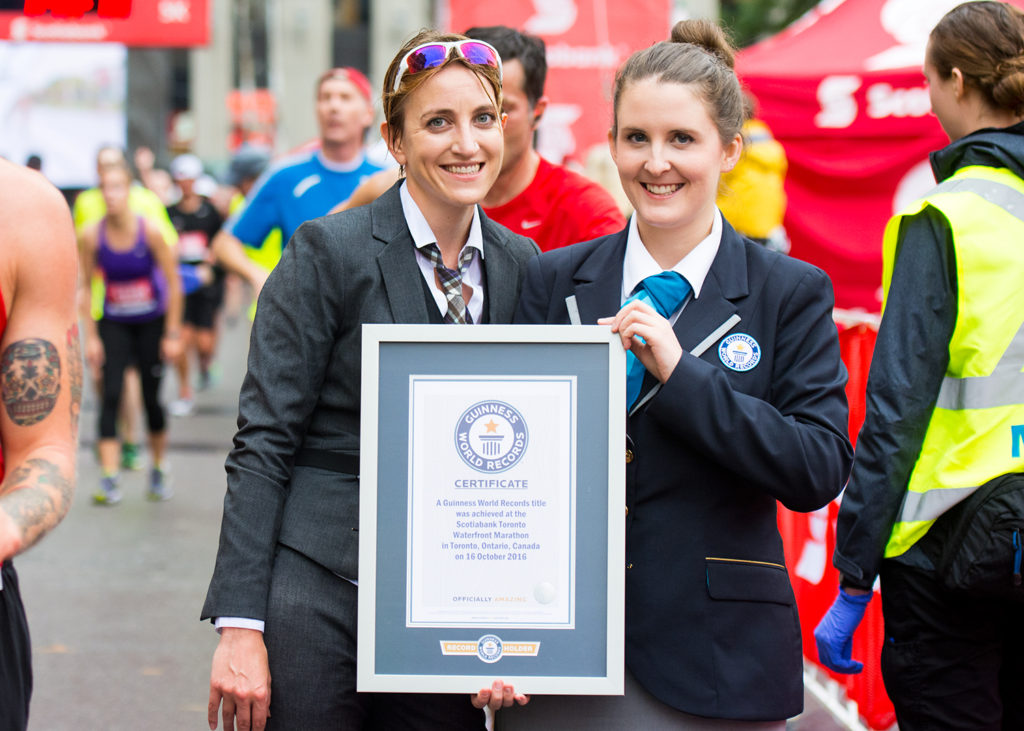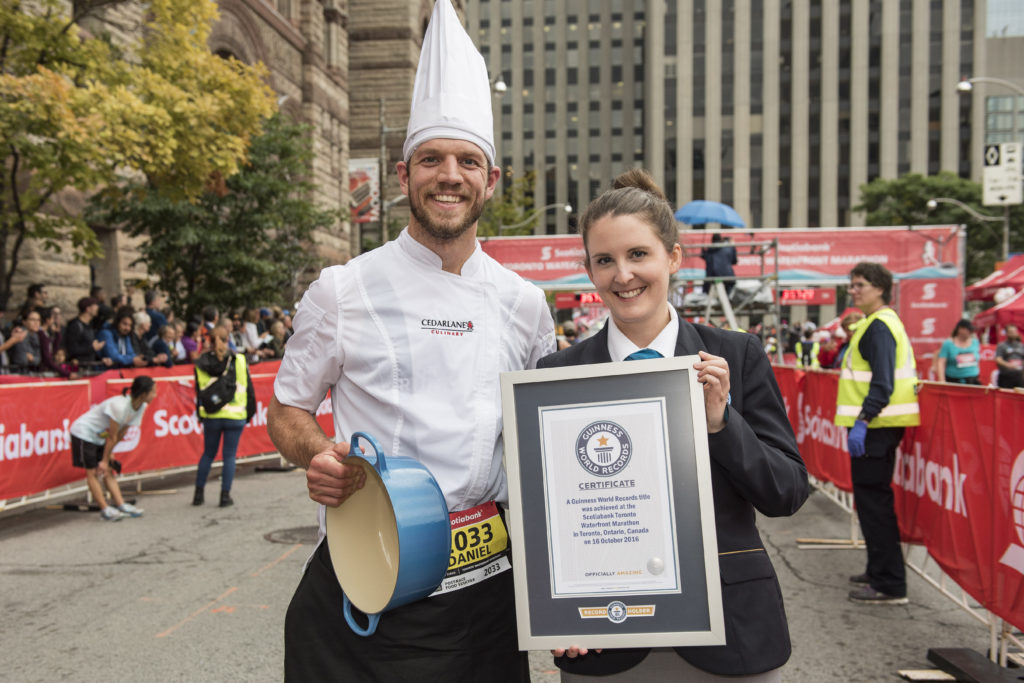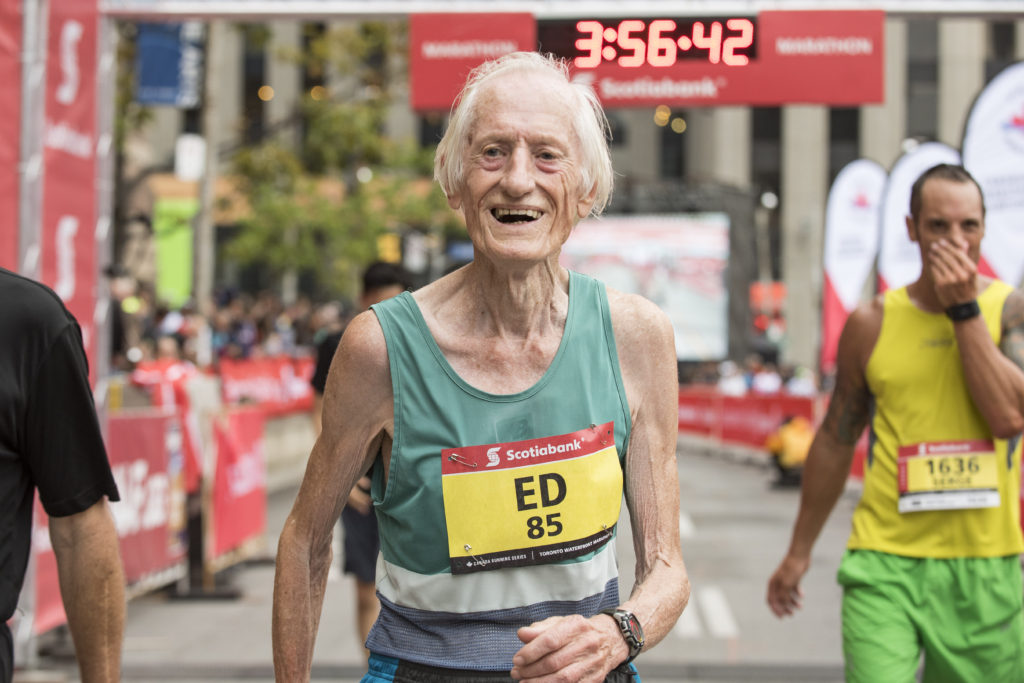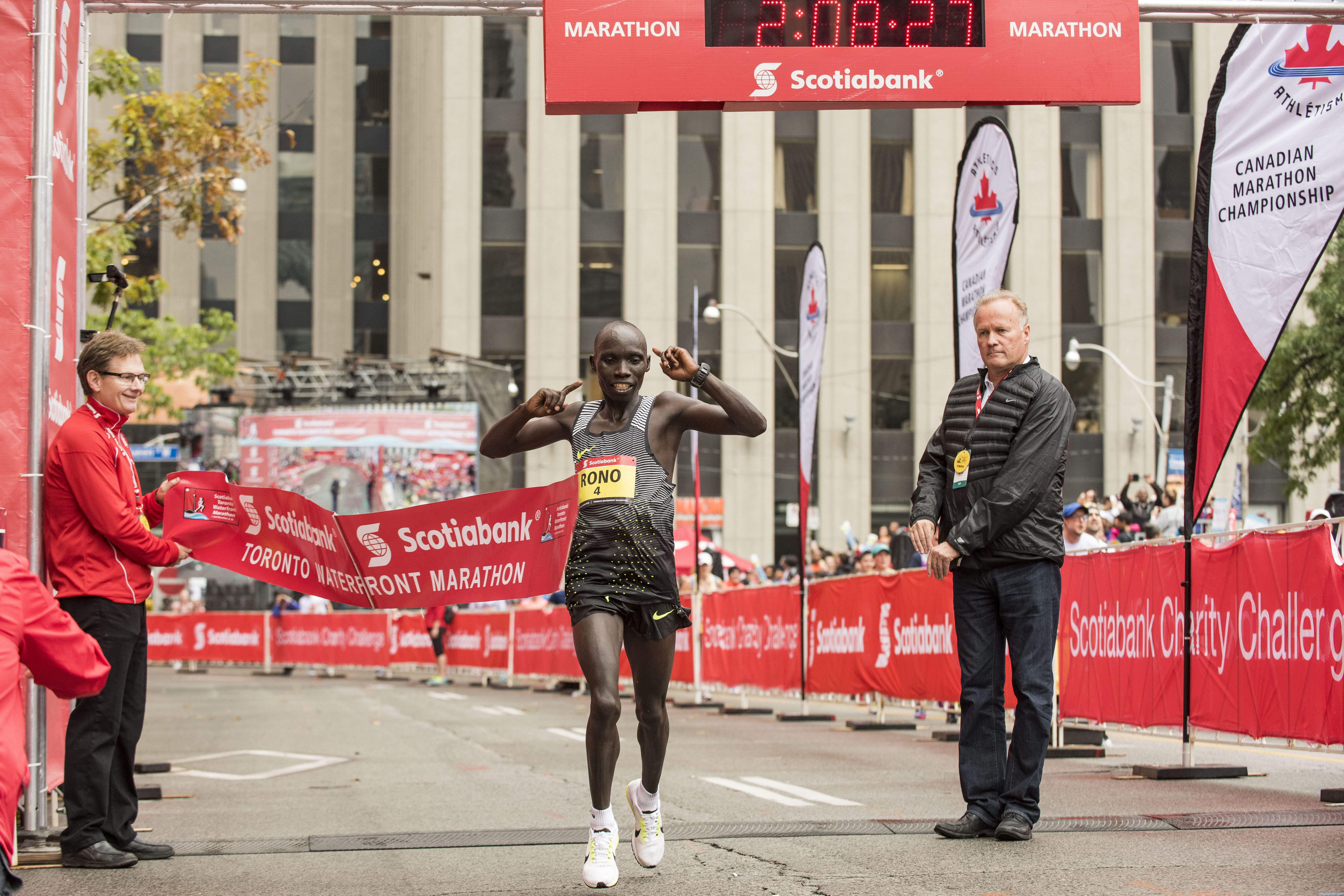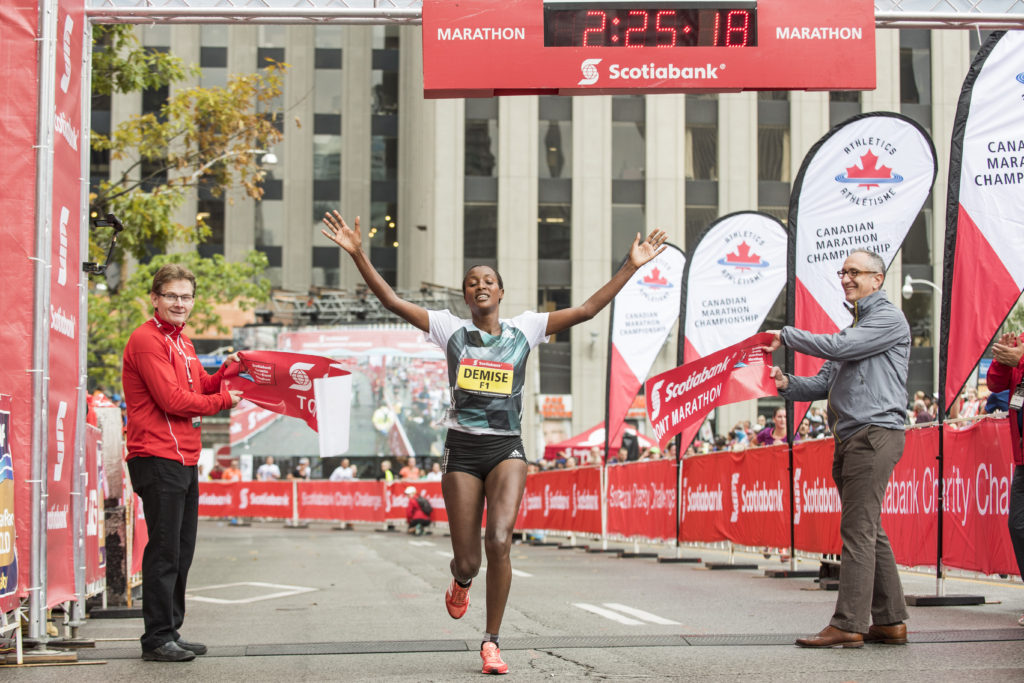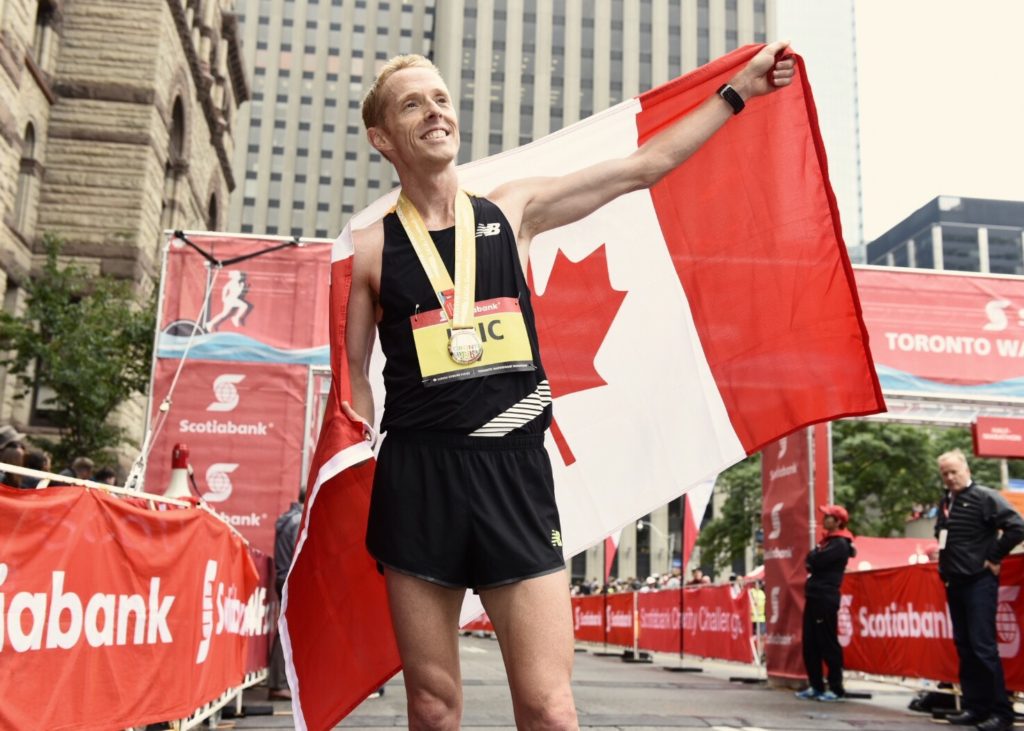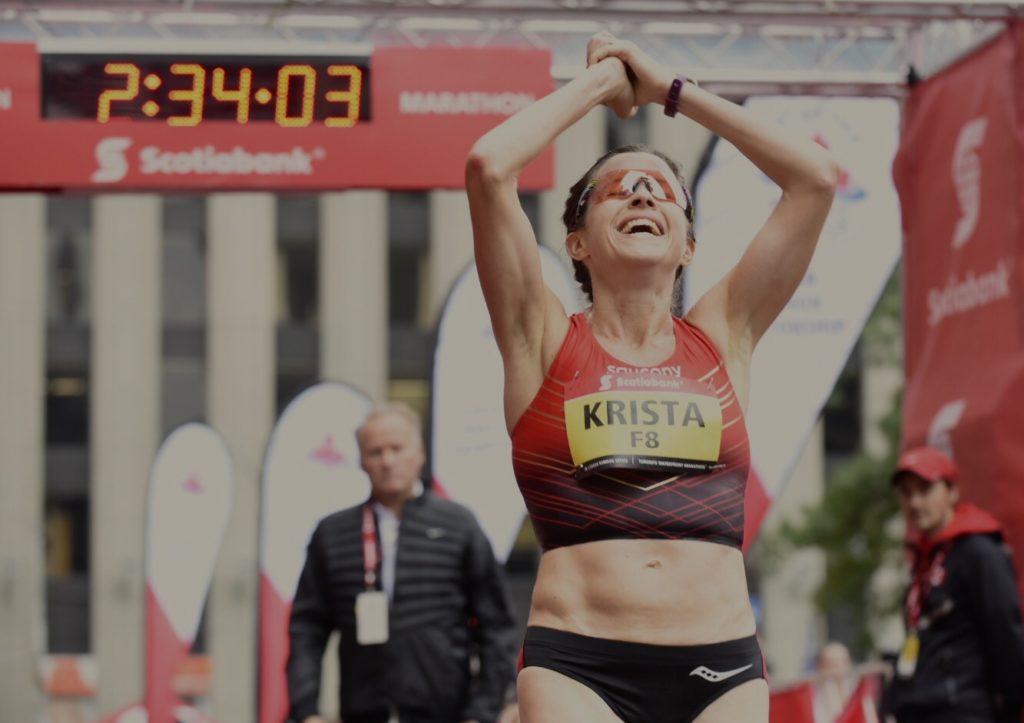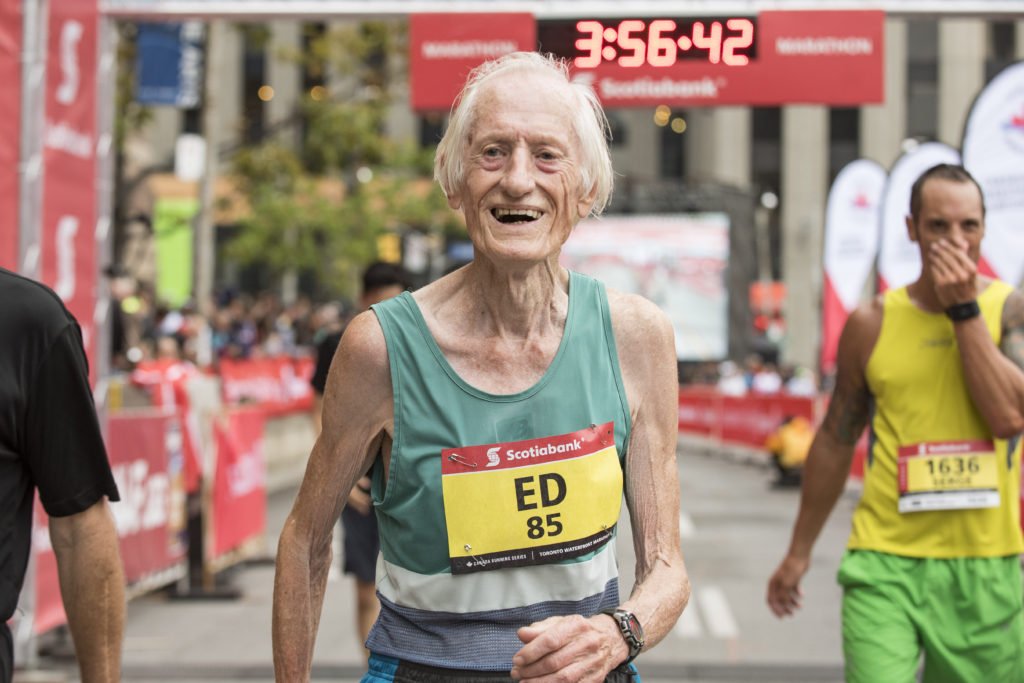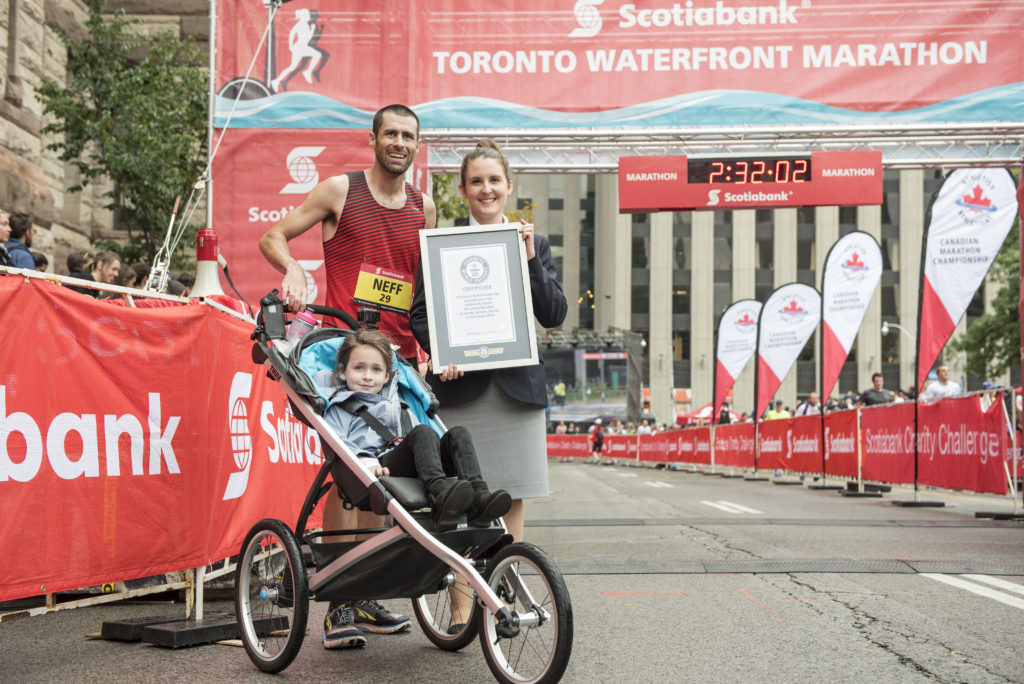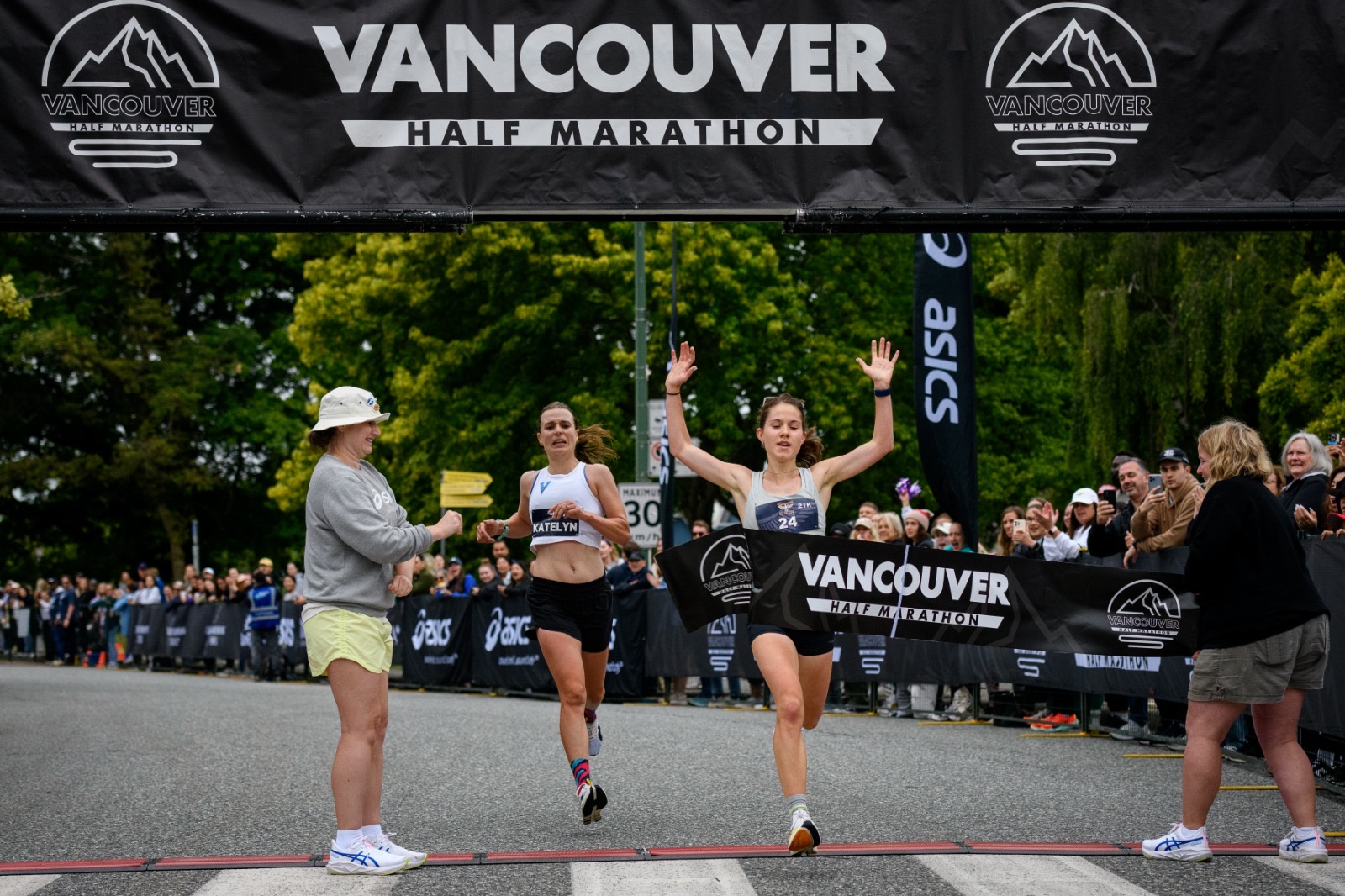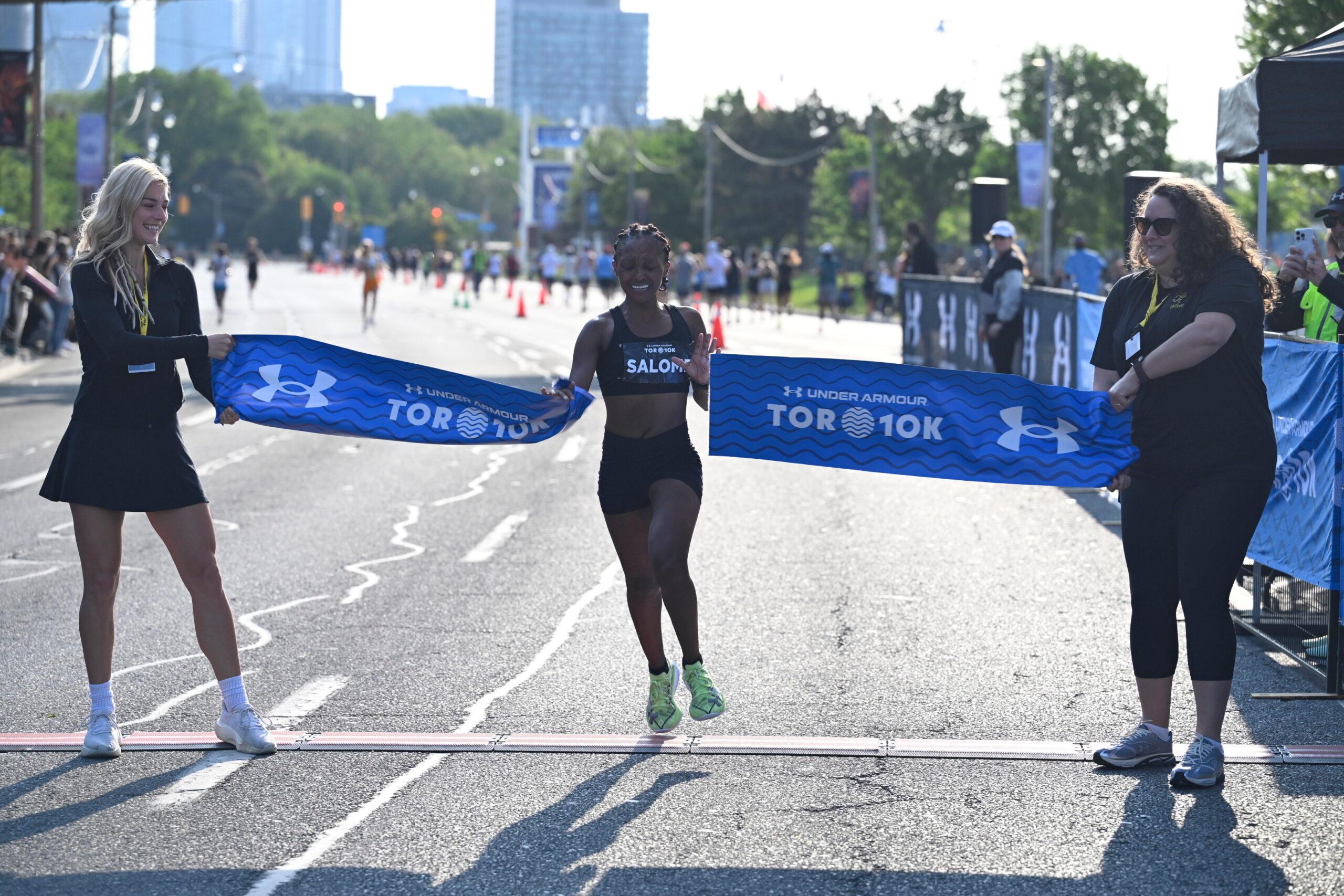
The holidays can make it difficult to maintain a healthy eating and training regime due to the ever-changing schedule of family visits, parties and indulgent dinners. Throw in the additional stress of travelling during one of the busiest times of the year and it’s easy for bad habits to set in. We have a few tips to help ease the strain of travelling during the holidays which can be used when travelling to far away races too!
1 – Get some sleep.
Sleep is crucial to maintain a sense of normality. Losing even a few hours of sleep can substantially decrease daytime alertness, and subsequently performance levels at races or tolerance of long family visits. Lack of sleep can cause you to overeat to compensate for low energy levels, cause dizziness and lethargy, and ultimately affect your mood. No one needs to come into a big holiday event with an attitude like the Grinch.
2 – Pack healthy snacks.
Airplane food, well most packaged food, is high in sodium and preservatives, which are neither satiating or hydrating. Instead, bring your own supply of raw trail mix, crackers, veggies, or even a full sandwich/wrap if you know it’s going to be a long time between homemade meals. Most airlines allow fruit on board, and as they’re the perfectly natural packed food, throw an apple and banana in your bag for a quick fix. Be sure to check any flight guidelines ahead of time in case there are certain foods that aren’t allowed.
3 – Bring an empty reusable water bottle.
Staying hydrated is one of the best ways to keep everything functioning normally. Opt for water instead of high-calorie juices or diuretics like caffeinated drinks and alcohol. The dry air in planes can dehydrate you, causing your nasal cavities/sinuses to dry out which can be an entry point for viruses. By drinking lots of water during any travel, it’ll not only ensure you stay hydrated, it will reduce the risk of illness from airborne viruses.
4 – Keep moving.
Aside from bringing your running shoes to use during your holidays, it’s important to keep moving during your travelling time. While waiting for flights, take a walk around the terminal and take the stairs instead of escalators or elevators. While on the flight, walk up and down the aisles and stand up to stretch as often as possible. It’s not good for our bodies, or our digestive systems, to remain seated for hours on end. Reserving an aisle seat is a great way of making it accessible to get up and walk around at will. Moving helps to keep proper circulation, restrains you from eating out of boredom, and keeps your muscles and joints as mobile as possible.
5 – Wash your hands frequently.
It’s easy to get sick while travelling. During the holidays, transportation hubs are far more crowded than usual. It’s flu season and people are more stressed which leaves their immune system in a slump. Wash your hands as frequently as possible and carry a travel sized hand sanitizer in case you can’t get to a sink. It’ll help to reduce your chances of getting and spreading germs on your travels.
Wherever you’re going over the holidays, we hope you have a safe trip and look forward to running with you in the New Year!


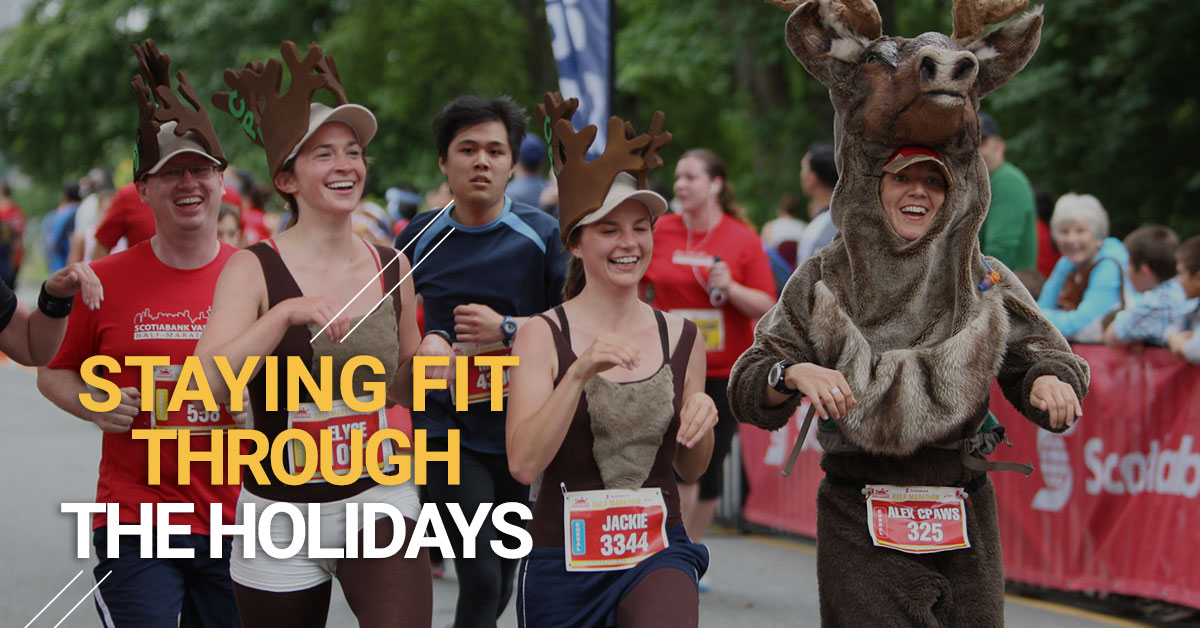
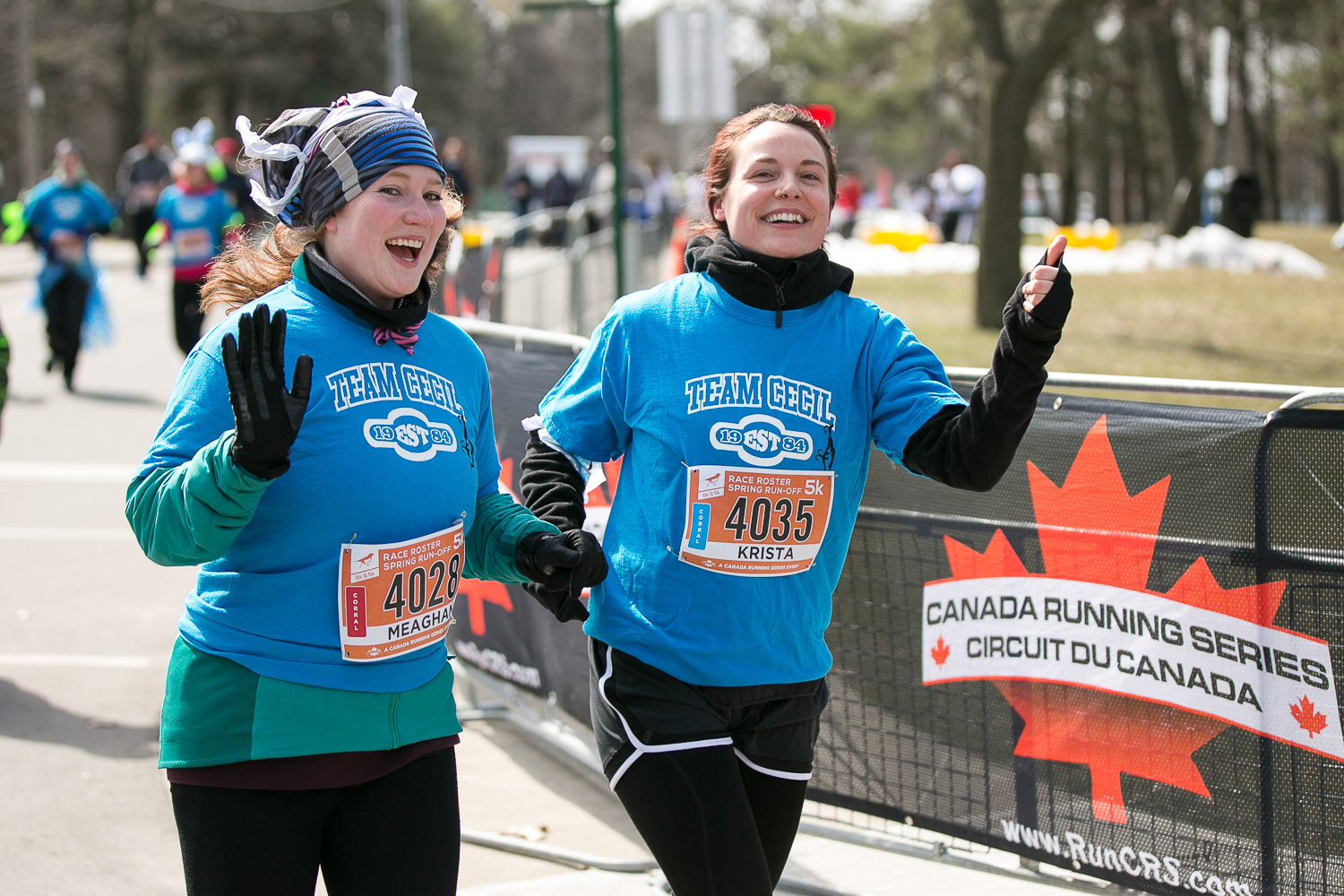
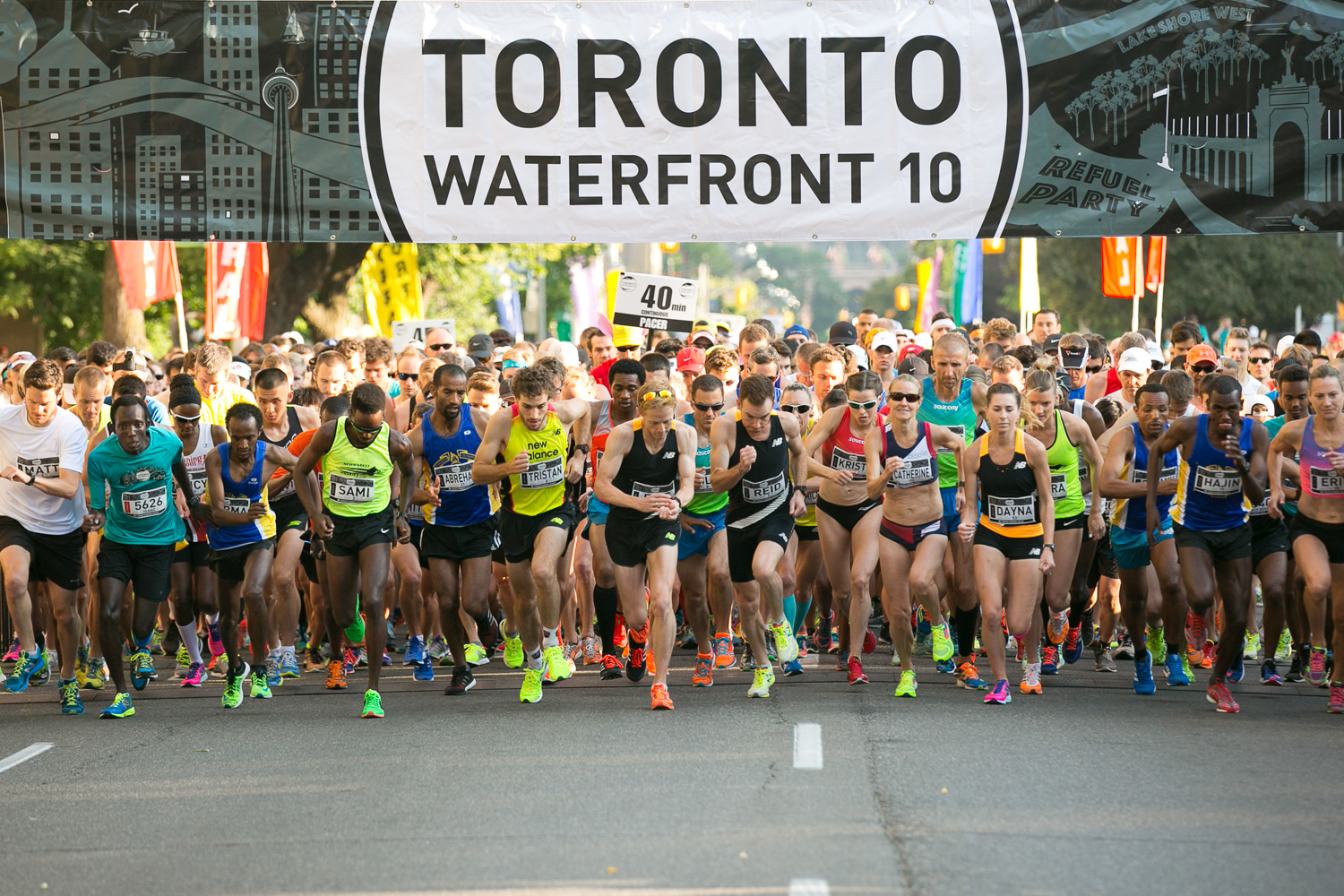
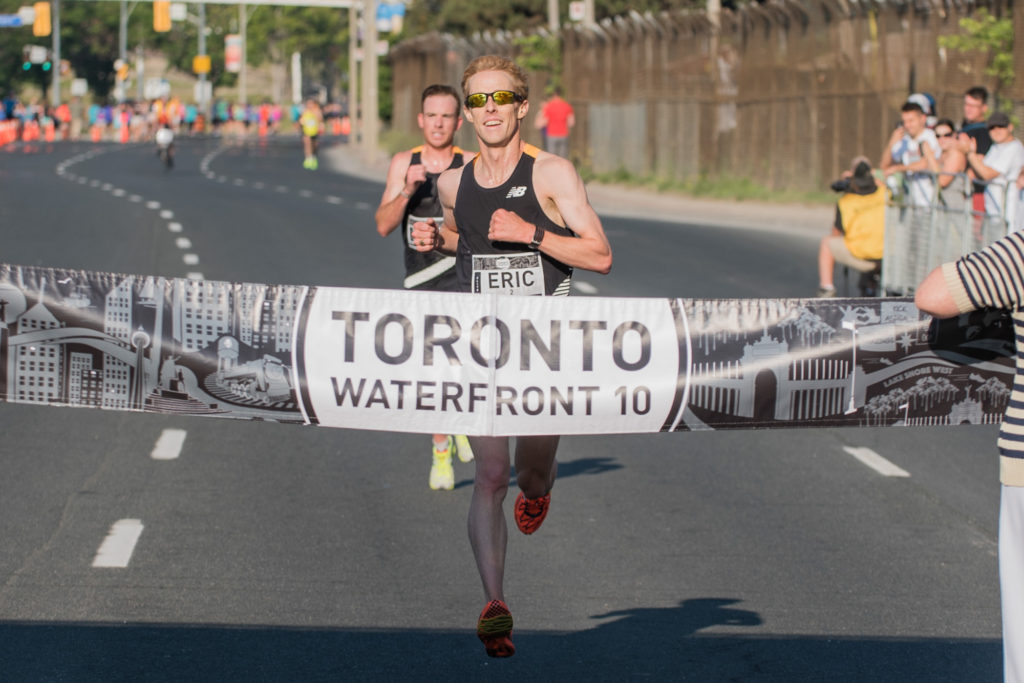 “There is not a lot of guaranteed money in this sport. Until I finished that race in Toronto – you have to finish all three races – so you can’t take anything for granted. It gets myself out racing on Canadian soil which I enjoy. It’s definitely a help to have that $5,000.”
“There is not a lot of guaranteed money in this sport. Until I finished that race in Toronto – you have to finish all three races – so you can’t take anything for granted. It gets myself out racing on Canadian soil which I enjoy. It’s definitely a help to have that $5,000.”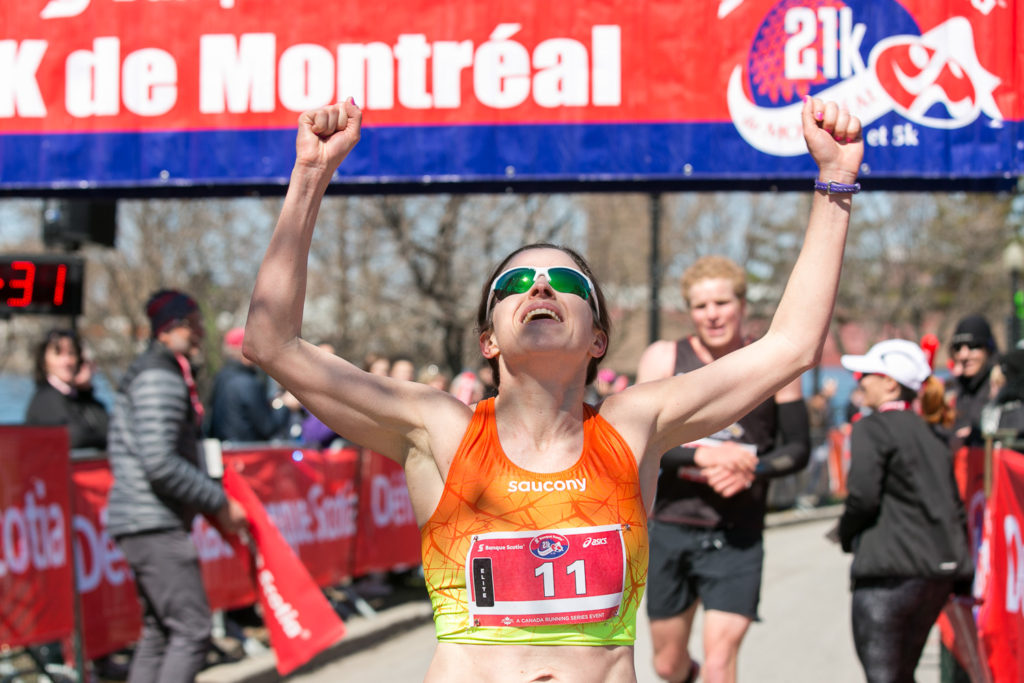 On January 9th DuChene will turn forty and has her eyes set on beating some of the Canadian masters records as well as improving her personal best times. No shopping sprees are planned so the $5,000 CRS prize will help pay down the mortgage on her house.
On January 9th DuChene will turn forty and has her eyes set on beating some of the Canadian masters records as well as improving her personal best times. No shopping sprees are planned so the $5,000 CRS prize will help pay down the mortgage on her house.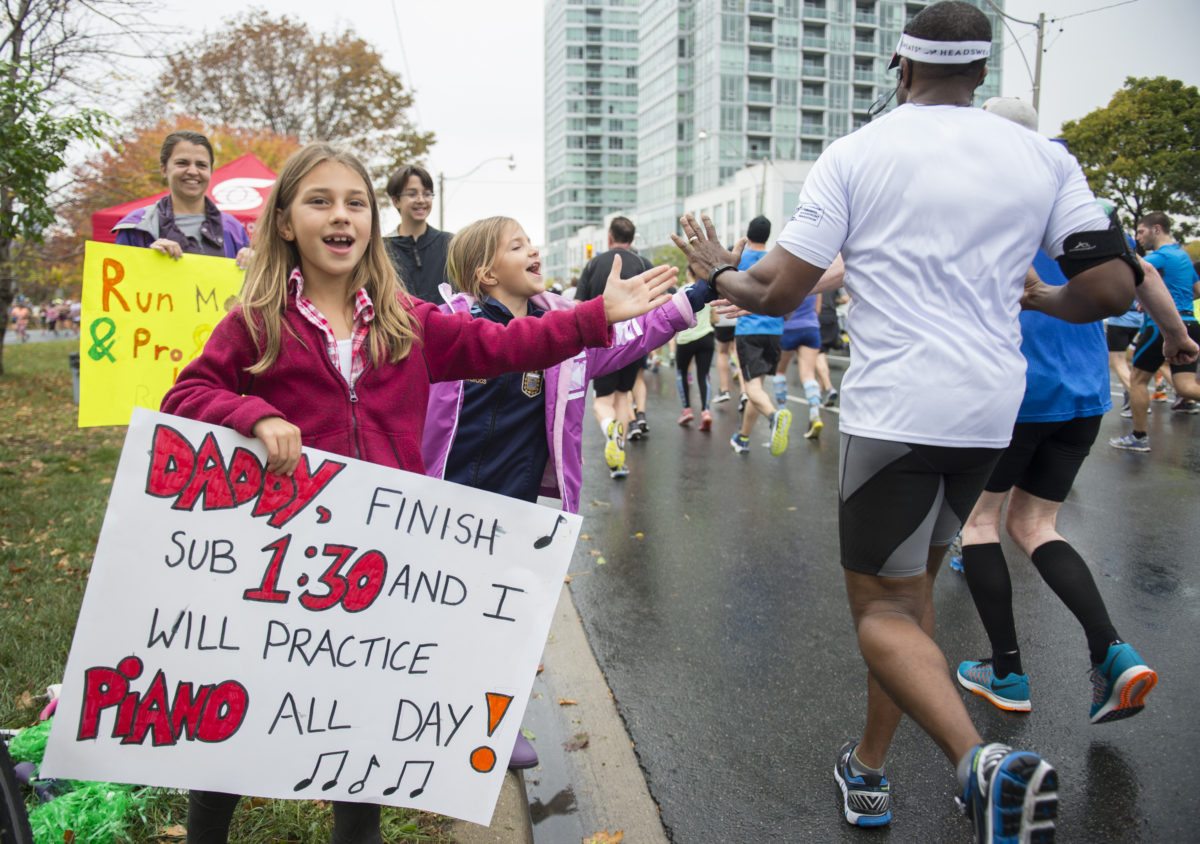
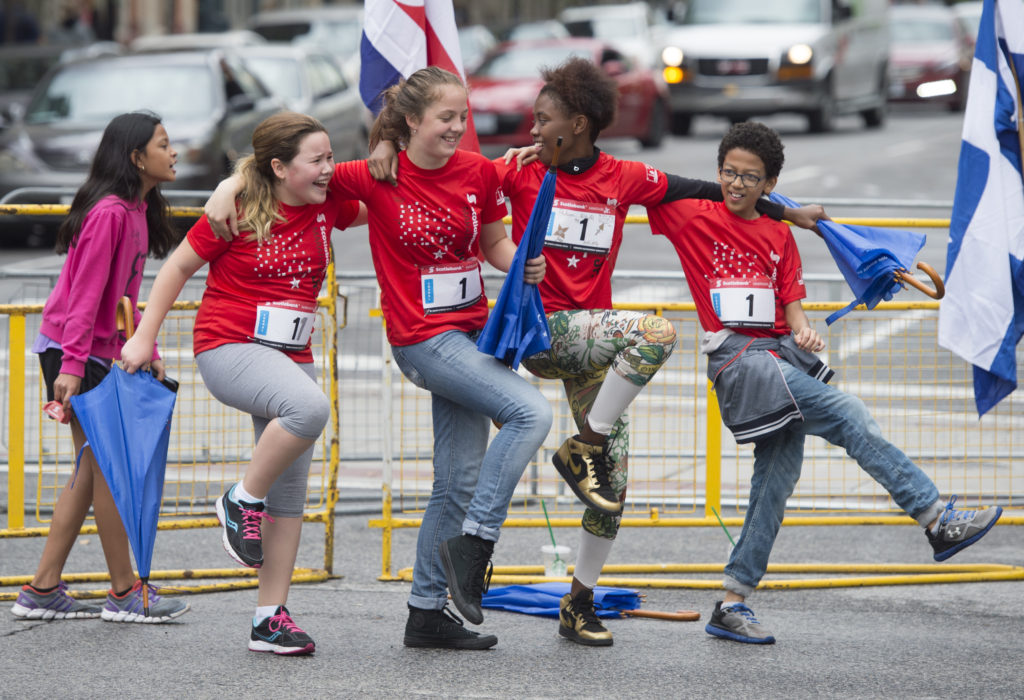 First Place – St. Lawrence Neighbourhood for Jamii Esplanade.
First Place – St. Lawrence Neighbourhood for Jamii Esplanade.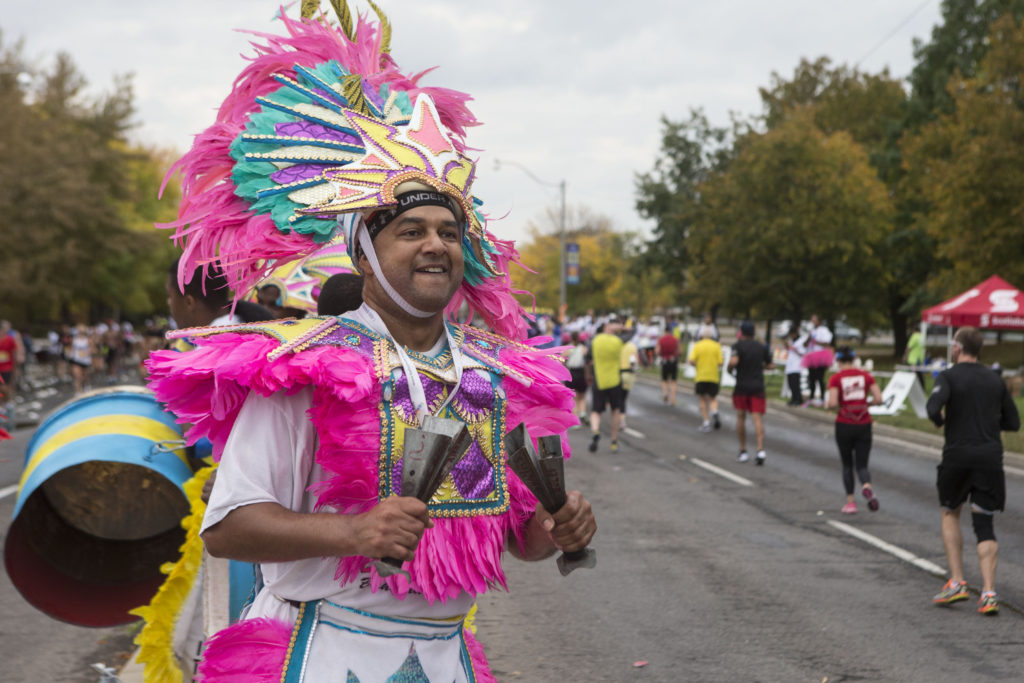 Second Place – Riverdale/Woodbine Park for South Riverdale Community Health Centre.
Second Place – Riverdale/Woodbine Park for South Riverdale Community Health Centre.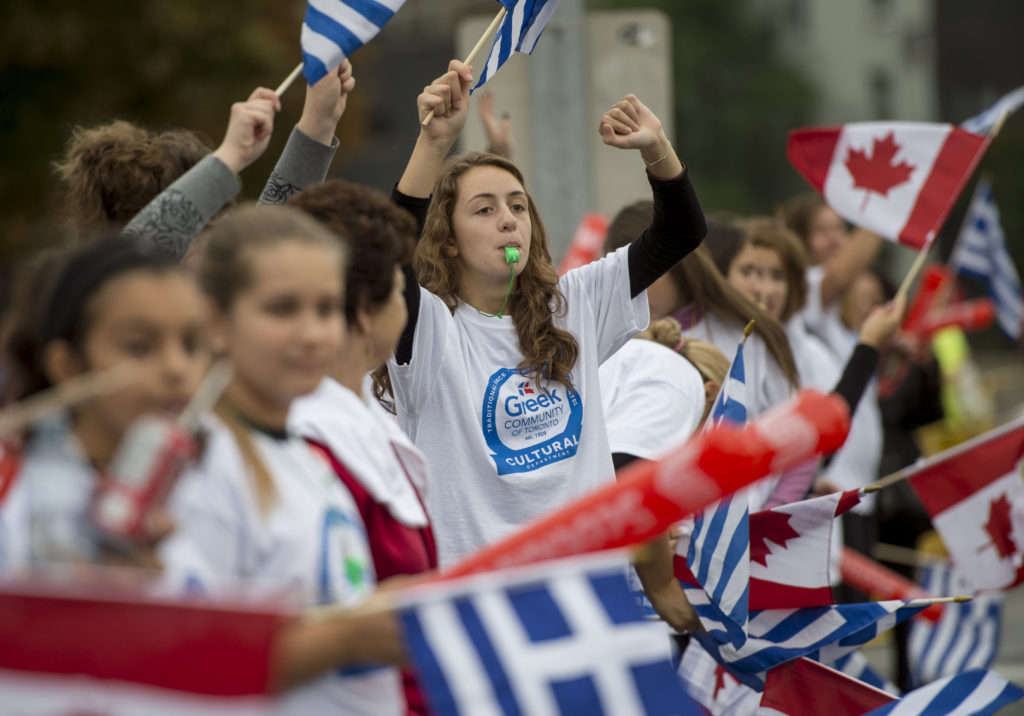 Third Place – Greektown Eastern/Broadview for Greek Community of Toronto.
Third Place – Greektown Eastern/Broadview for Greek Community of Toronto. Honorable Mention 1 – Liberty Village/King West for West Neighbourhood House.
Honorable Mention 1 – Liberty Village/King West for West Neighbourhood House.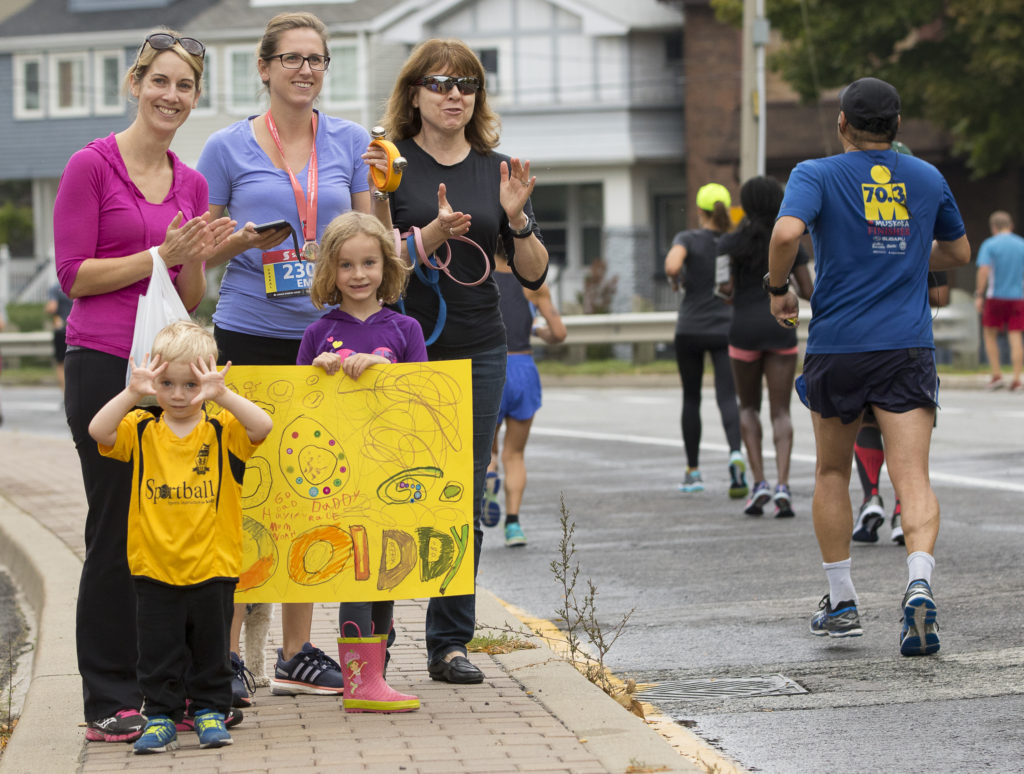 Honorable Mention 2 – The Beach for Pegasus Community Project for Adults with Special Needs.
Honorable Mention 2 – The Beach for Pegasus Community Project for Adults with Special Needs.

